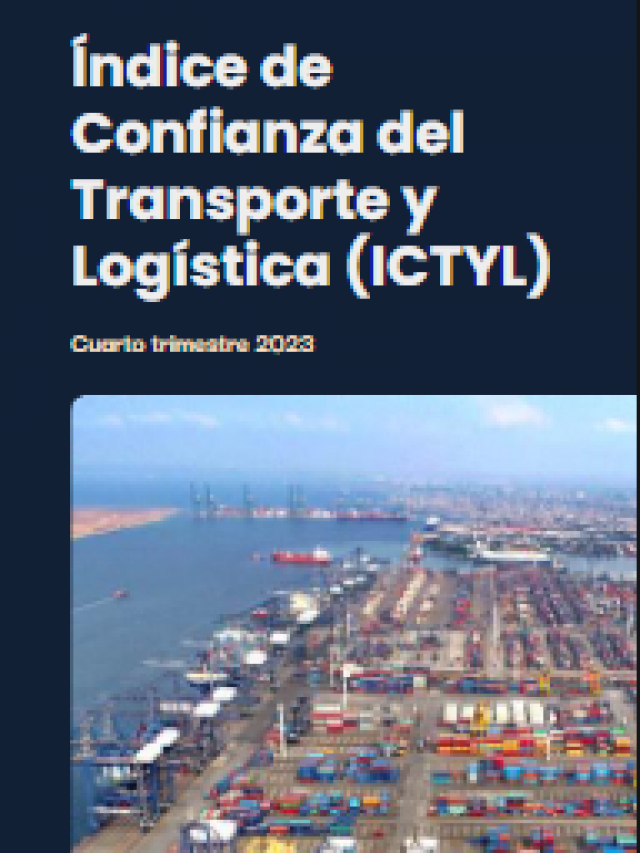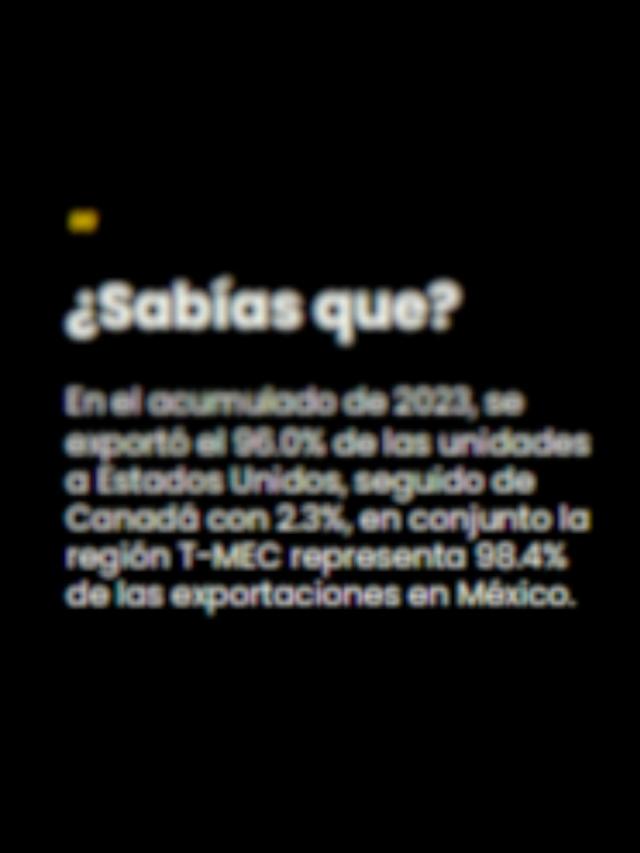
In November 2024, Mexican mining and metallurgical production, which includes extraction, processing, smelting and refining activities of metallic and non-metallic minerals, stood at a level of 77.6 points , which meant a decrease of 0.9% at a monthly rate, the National Institute of Statistics and Geography (Inegi) reported on Monday .
According to the Mining and Metallurgical Industry Statistics (EIMM) , which provides information on mining and metallurgical activity in order to generate timely indicators, production increased by 1.8 percent annually .
In the reference period, at an annual rate, zinc production increased by 13.1% ; copper also increased by 11.5% . Silver and lead also increased their production by 2.1% and 0.6% , respectively.
In contrast, fluorite production fell by 0.8 percent during the period . Other products and minerals that saw a decline in production were non-coking coal – used for electricity generation – with 1.3 percent , gypsum had a fall of 1.3 percent , gold by 8.6 percent , iron pallets by 11.9 percent and sulfur by 32.9 percent .
Meanwhile, Zacatecas stood out in gold production with an annual variation of 13.6%, as well as silver with 32.5%, lead with 20.3% and zinc with 57.7%, Inegi said.

According to the Mexican Mining Chamber (Camimex) , the value of the country’s mining and metallurgical production totaled 261 billion 61 million pesos (mdp) in 2023, which represented a decrease of 17.6% compared to 2022, a situation that reflected the difficulties of the sector in that period.
On January 17, the National Chamber of the Iron and Steel Industry (Canacero) ruled out that steel exports from Mexico represent a threat to the United States, as the neighboring country to the north has pointed out.
The organization described as “unfounded” the allegations that steel exports from Mexico are causing plant closures or layoffs in the United States, and supported the position of President Claudia Sheinbaum to apply some measures to steel exports from the United States sent to our country, in the face of possible trade reprisals upon the arrival of Donald Trump to the White House.
In the next review of the Treaty between Mexico, the United States and Canada (T-MEC) , scheduled for 2026, the mining industry could be one of the issues that will be put on the table, to which Mexican negotiators will have to pay special attention, since both partner countries have companies in the sector in Mexico.
Comment and follow us on X: @GrupoT21















